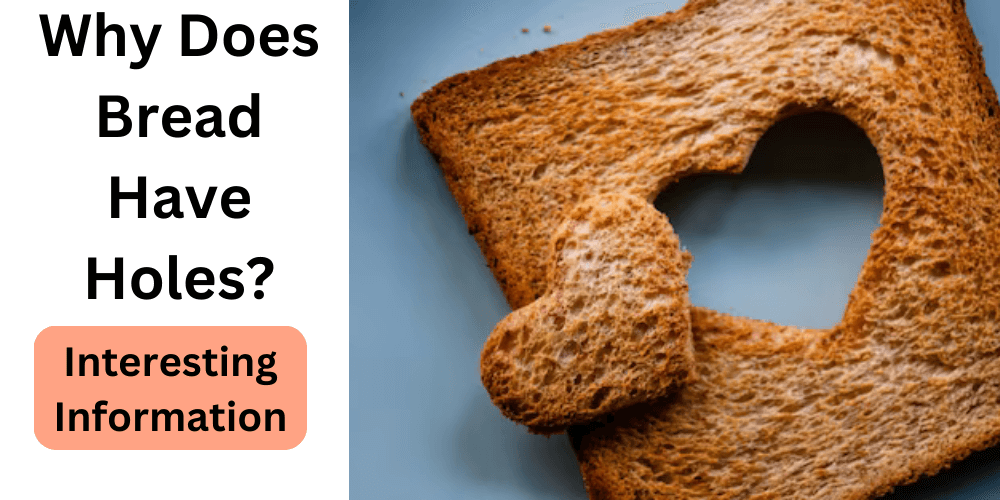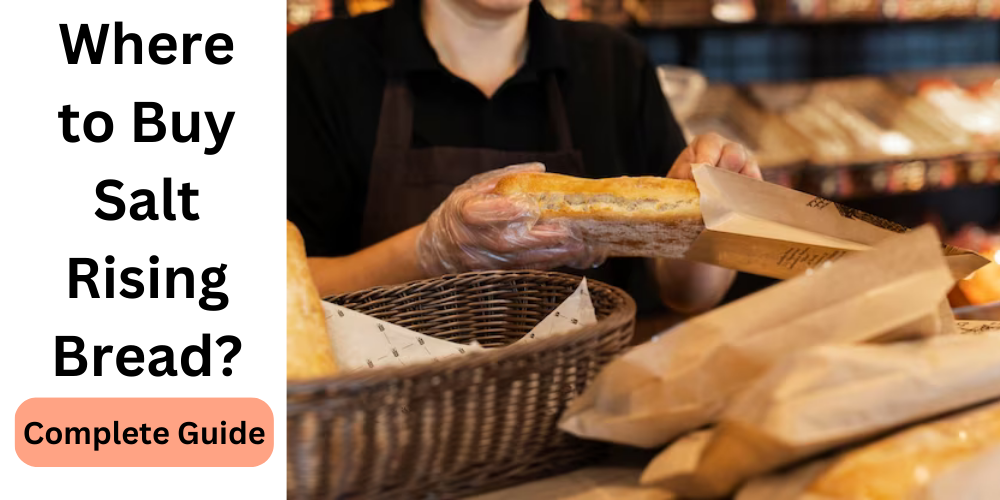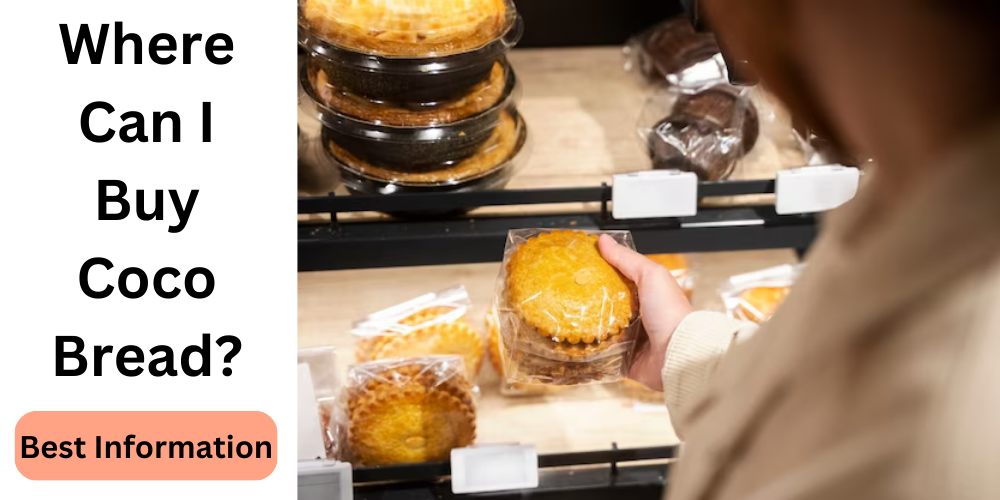Bread, a staple in many cultures, comes in various shapes, sizes, and textures. One characteristic that often sparks curiosity is the presence of holes within the loaf. Ever wonder why does bread have holes? In this article, we’ll delve into the science and culture behind this fascinating phenomenon.

Why Does Bread Have Holes?
To understand why does bread have holes, we must first explore the inner workings of bread dough. It all begins with chemical reactions, yeast, and gas production. As yeast consumes sugars in the dough, it releases carbon dioxide gas, which gets trapped in the gluten network formed by proteins.
These gas bubbles expand during the fermentation process, creating the airy texture we associate with bread. The type and size of the holes can vary depending on factors such as the leavening agents used, dough structure, and the specific bread variety being made. From the delicate crumb of a baguette to the large, irregular holes in artisanal sourdough, each bread has its unique hole patterns and textures. Let’s take a closer look:
Chemical Reactions in Bread Dough:
When we mix flour, water, yeast, and other ingredients, a series of chemical reactions occur. These reactions, including fermentation and gluten formation, play a crucial role in creating the unique texture of bread.
Yeast and Gas Production:
Yeast, a microorganism, is responsible for the leavening process in bread. As it feeds on sugars, it produces carbon dioxide gas as a byproduct. This gas gets trapped within the dough, causing it to rise and creating air pockets that eventually become holes.
Fermentation Process:
During fermentation, yeast metabolizes sugars and converts them into carbon dioxide and alcohol. The carbon dioxide gas expands during baking, contributing to the development of the bread’s structure.
Types of Holes in Bread:
Not all holes in bread are the same. Different bread-making techniques, such as kneading, folding, and shaping, can produce varying hole patterns. Large irregular holes are often found in rustic bread, while smaller and more uniform holes are characteristic of sandwich bread.
Leavening Agents and Dough Structure:
The type and amount of leavening agents, such as yeast or sourdough starter, used in bread dough affect the texture and hole formation. Additionally, the gluten structure formed during kneading helps trap the gas produced by yeast, contributing to the hole development.
Bread Varieties and Hole Patterns:
Different types of bread from around the world exhibit unique hole patterns. For example, traditional French baguettes have a dense crumb structure with small, evenly distributed holes, while English crumpets are known for their larger, irregular holes.
Bread as a Cultural Symbol:
Bread holds cultural significance in many societies. It represents nourishment, sustenance, and even spiritual meanings. From bagels to brioche, bread is not only a staple but also a symbol of tradition and community.
Related Guides:
What Are The Little Holes In Bread Called?
Technically speaking, the little holes in bread are called alveoli. These alveoli are the result of gas bubbles formed during fermentation and trapped within the gluten network. They contribute to the light and airy texture of the bread.
Why Do Bread Bags Have Holes In Them?
You may have noticed that bread bags often have tiny holes. These holes allow excess moisture and gases to escape, preventing the bread from becoming soggy and moldy.
Is It Good To Have Holes In Bread?
Yes, having holes in bread is generally considered a positive attribute. The holes indicate proper fermentation, a well-developed gluten structure, and a light, airy texture. Furthermore, the presence of holes allows spreads and toppings to be absorbed, enhancing the overall flavor experience.
Is A Hole In Bread Normal?
Absolutely! In fact, the presence of holes is a sign of a well-made loaf of bread. So, embrace the holes and know that they are a testament to the art and science of bread-making.
Conclusion
Next time you enjoy a slice of bread, take a moment to appreciate the intricate processes that create those delightful holes. From the chemical reactions in the dough to cultural symbolism, bread holes are a fascinating aspect of this beloved staple. Embrace the uniqueness of each loaf and savor the flavors that bread brings to our tables.
Remember, why does bread have holes, the magic of bread-making lies in the combination of science, skill, and tradition. So, whether it’s a rustic baguette or a fluffy sandwich loaf, celebrate the artistry behind every hole-filled slice.
Sources:
- By Peter Niepel, What causes uneven holes in bread? Posted 2 Years ago




